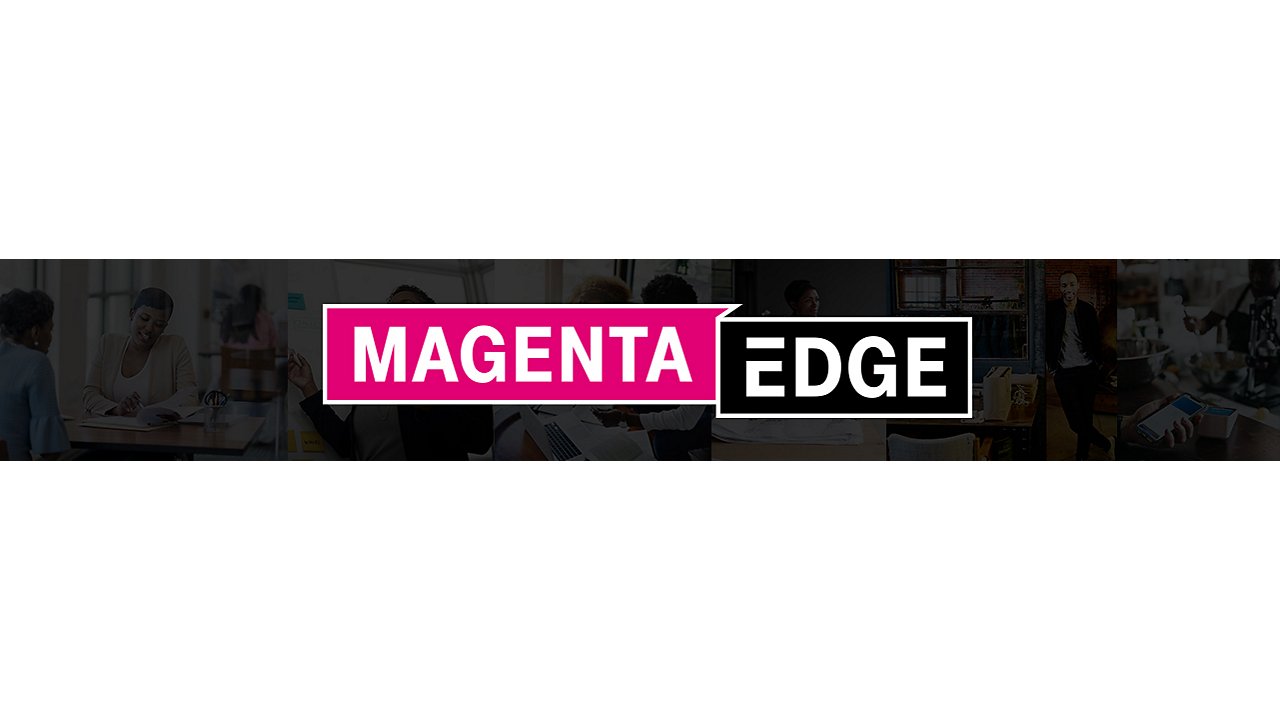1. Adding business automation into your client process will make you seem less personable with your leads and clients. This is completely false. You can customize your communications and forms with your personality and infuse your special additions to your process that will guarantee a consistent, personalized experience for all your clients. Some examples of this can include welcome videos, websites, GIFs, and more.
2. Adding business automation into your client process will cause you to have less control over what is happening. This is also completely false. If your CRM tool is set up correctly, you can indicate which actions should trigger automatically and which actions you’d like to approve before they’re triggered. The choice is completely yours, and you remain in full control of your custom client process.
3. Adding business automation into your client process is complicated. This is mostly false. Adding automation can be complicated if you do not have a strategic blueprint first. Diving into automations without knowing the required elements and strategy is one of the top mistakes I see CEOs making these days.
It is crucial that you build this out before you set up your CRM in your small business so it can have a clear path to follow. Need help getting started? I encourage you to download my free Dream Client Experience Process Guide to put you on the right track.
To build your strategic blueprint, it is necessary to map out what needs to happen and when at each step of your customer journey. Jot down what communications need to go out to your customers, when they need to go out, and what is required to move on to the next step. (e.g., a credit repair coach may map out that they need to send an onboarding form to collect their customer’s credit information immediately after their deposit is paid. And after they complete their onboarding form, they are to receive a meeting link to schedule their 45-minute kick-off call).
I hope these myth-busting facts help answer some questions you may have when it comes to implementing automations in your business. Be sure to enjoy the extra time you have with your new business automated workflow.
